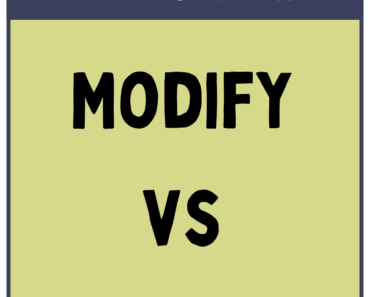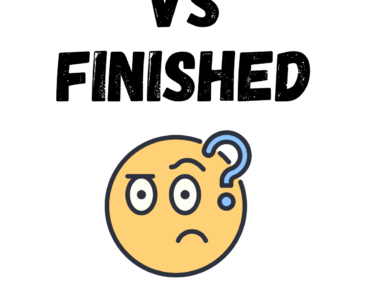In everyday language, choosing the right quantifier to accurately describe the quantity of something is essential for clear communication. The words “some” and “few” are common quantifiers, but they carry different implications and uses. Understanding these differences can enhance precision in language. This article explores the distinct meanings and applications of “some” and “few,” providing examples to clarify their usage.
Definitions and Basic Differences
Some
- Definition: “Some” is a quantifier used to refer to an unspecified amount or number of people or things. It implies a quantity that is more than one or two but not a lot, often used when the exact number is unknown or unimportant.
- Context of Use: “Some” can be used in both affirmative and negative constructions, and it generally suggests a positive or neutral quantity.
Examples:
- I have some friends coming over tonight.
- Would you like some coffee?
Few
- Definition: “Few” refers to a small number of people or things, typically larger than one but smaller than “some” in quantity. It often carries a slightly negative connotation, as it emphasizes the scarcity or insufficiency of the quantity.
- Context of Use: “Few” is primarily used in affirmative sentences but can also appear in negatives to emphasize a smaller-than-expected number.
Examples:
- Few students understood the lecture.
- There are few apples left in the basket.
Comparative Analysis
Implication of Quantity
- Some: The word “some” does not specify the quantity but implies a moderate amount. It’s often used when the exact number is less important than the existence of the quantity itself.
Example: She bought some bananas. (The exact count is unspecified, but it’s more than one or two.)
- Few: Conversely, “few” specifies a smaller subset, highlighting scarcity. It’s often used to draw attention to the limited nature of the quantity.
Example: She bought a few bananas. (Indicates she bought only a small number, possibly less than expected.)
Emotional Connotation
- Some: Generally neutral or positive, suggesting an adequate or satisfactory quantity.
- Few: Often negative, suggesting a quantity smaller than hoped for or expected.
Usage in Sentences
- Some: Can be used with countable and uncountable nouns.
Example: I need some water. / I need some chairs.
- Few: Used only with countable nouns.
Example: I saw a few birds in the sky. (Incorrect: I need a few water.)
Conclusion
The choice between “some” and “few” can subtly change the meaning of a sentence, affecting how the information is understood. “Some” is versatile, used with both countable and uncountable nouns to indicate an unspecified but generally adequate amount. In contrast, “few” is used with countable nouns to highlight scarcity or a number smaller than expected. Understanding these nuances can help in choosing the right word to convey precise meanings in different contexts.







